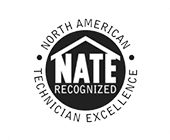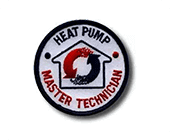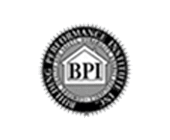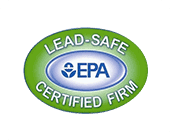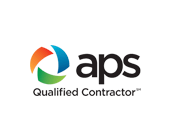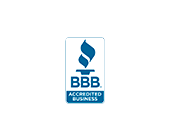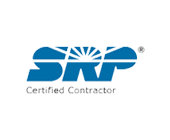Mold is a common household problem, but when it finds its way into your HVAC system, it becomes more than just a nuisance—it becomes a potential threat to your health and home.
Because heating and cooling systems circulate air throughout your space, the presence of mold in these systems is likely being spread into every room. That’s why many homeowners search for answers to one pressing question: Is mold in HVAC dangerous?
In this article, we’ll explore the health issues and structural risks of mold in HVAC systems, explain how it forms, and offer clear steps to prevent it from taking hold.
How Mold Develops in HVAC Systems
Mold thrives in dark, damp environments. HVAC systems, particularly air vents and ductwork, provide the perfect conditions for mold growth. Moisture from condensation, combined with organic dust particles and limited light, creates an ideal breeding ground.
In humid climates, the likelihood of mold growth increases significantly. If a system is not regularly maintained, excess moisture from water leaks, standing water in drip pans, or even minor duct leaks can support an infestation. Once spores settle into these areas, they can multiply quietly and invisibly inside your home’s ventilation.
Health Risks Associated with Mold in HVAC
The most concerning impact of mold exposure from HVAC systems is the potential risk to your health. Mold releases microscopic spores—and, in some cases, mycotoxins—into the air, which can trigger various symptoms, especially in individuals with respiratory sensitivities.
Common symptoms include:
- Persistent coughing or sneezing
- Sinus congestion or throat discomfort
- Itchy eyes or skin irritation
- Allergic reactions
- Worsening asthma or respiratory issues
For those already dealing with respiratory issues like asthma, allergies, or weakened immune systems, the impact can be severe, especially if black mold is involved.
The Impact of Mold on Indoor Air Quality
Mold doesn’t just affect human health; it also compromises your indoor air quality. Air that smells musty or stale is often a sign of microbial contamination. Over time, mold can release volatile organic compounds (VOCs) that contribute to lingering odors and irritate the respiratory system.
Poor air quality caused by HVAC mold can affect your sleep, productivity, and overall well-being. For commercial spaces, it may impact employee performance or customer satisfaction. The EPA recommends addressing ventilation issues promptly to prevent long-term exposure and ensure your HVAC system isn’t contributing to the problem.
Warning Signs of Mold in HVAC Systems
Recognizing early signs of mold is key to preventing larger issues. Be alert for:
- Musty odor in vents
- Visible mold on ducts or registers
- Increased allergy symptoms when indoors
- Uneven airflow from your HVAC unit
- Spikes in your energy bill
When mold builds up, it restricts airflow and makes your HVAC work harder, which can drive up energy costs.
Structural and Mechanical Damage
Mold doesn’t just affect people—it can also damage your HVAC system. When mold accumulates inside ducts or around evaporator coils, it can block airflow, corrode metal components, and reduce system efficiency. Over time, this strain can shorten the lifespan of your unit and increase the likelihood of costly breakdowns.
In severe cases, mold can even degrade insulation inside ductwork or cause water damage to surrounding areas. If left untreated, the contamination could spread beyond your HVAC system and into walls, ceilings, or floors.
How to Prevent Mold in HVAC Systems
Consistent HVAC maintenance is the most effective way to prevent mold. Here’s what you can do:
- Change air filters regularly.
- Clear condensate drain lines.
- Clean and empty drip pans.
- Maintain indoor humidity levels below 50%.
- Use dehumidifiers if needed.
- Install UV light systems to sanitize the airflow.
- Add HEPA filters to trap microscopic allergens and reduce the spread of spores throughout your home.
- Schedule seasonal inspections with a licensed HVAC technician to look for early signs of mold.
When to Call a Professional
If you suspect a mold problem in your HVAC system, don’t try to tackle it alone. DIY approaches rarely work, and improper cleaning can cause spores to spread even further. Instead, call for professional mold removal from a qualified HVAC technician.
Professionals can assess the severity, test for the type of mold, and recommend the right steps to clean your system safely. In more advanced cases, mold remediation may involve duct replacement or environmental testing for toxic mold strains.
Contact Autumn Air for HVAC Mold Inspection and Removal
So, is mold in HVAC dangerous? Absolutely. Mold in your heating and cooling system isn’t just unpleasant—it’s a serious issue that can affect your health, air quality, and the performance of your HVAC equipment. The good news is that regular maintenance and early detection can keep your system mold-free and indoor air clean.
If you suspect mold in your HVAC or simply want to ensure your system is running safely, contact the experts at Autumn Air. Our team is here to help you breathe easier with trusted HVAC solutions for your home or business.





